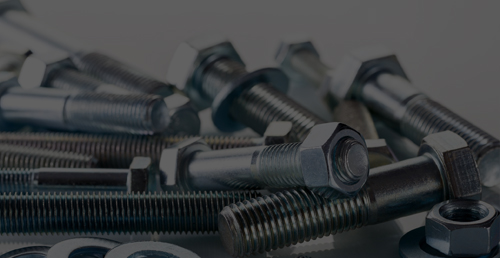Advantages of Using Self-Drilling Rivets in Construction and Manufacturing Applications
The Evolution and Application of Self-Drilling Rivets
In the world of construction and manufacturing, the introduction of self-drilling rivets marks a significant advancement in fastening technology. These innovative fasteners offer efficiency, reliability, and versatility, making them an essential component in various industrial applications. This article explores the characteristics, advantages, and applications of self-drilling rivets, illustrating why they have become a preferred choice for many engineers and manufacturers.
What Are Self-Drilling Rivets?
Self-drilling rivets, often referred to as blind rivets, are characterized by their integrated drill tip, which enables them to create their own hole in the workpiece. This unique design eliminates the necessity for pre-drilling holes, which is a common requirement for traditional rivets. The main components of a self-drilling rivet include the rivet body, lock, and drilling element, all carefully designed to ensure optimal performance.
Advantages of Self-Drilling Rivets
One of the primary benefits of self-drilling rivets is their speed of installation. Traditional riveting methods often require multiple steps, including drilling and inserting the rivet. Self-drilling rivets streamline this process, significantly reducing installation time. This efficiency translates to lower labor costs and faster project completion times, which can be crucial in industries where timelines are tight.
Additionally, self-drilling rivets are versatile and can be used on a variety of materials, including steel, aluminum, and even some plastics. Their ability to fasten different materials together makes them an excellent choice for applications in construction, automotive, and aerospace industries. Moreover, self-drilling rivets provide a strong and durable connection, ensuring structural integrity in load-bearing applications.
self drilling rivets

Another noteworthy advantage is their performance in challenging environments. Many self-drilling rivets are designed to resist corrosion, making them suitable for outdoor applications and harsh environments. This durability ensures that the rivets maintain their strength and integrity over time, even in adverse conditions.
Applications of Self-Drilling Rivets
Self-drilling rivets are widely used in various applications, particularly where speed and efficiency are paramount. In the construction industry, they are employed for metal roofing, siding, and structural steel assembly. The ability to quickly secure metal sheets or components without the need for extensive pre-work is invaluable on construction sites.
In the automotive sector, self-drilling rivets play a critical role in manufacturing processes. They are used to assemble different parts of vehicles, contributing to the overall structural strength and integrity of automotive designs. This is essential for safety and performance, highlighting the importance of quality fastening solutions.
Aerospace manufacturers also utilize self-drilling rivets, where weight savings and strength are crucial. In aircraft assembly, where every ounce matters, these rivets offer an effective means of securing various components while maintaining a lightweight build.
Conclusion
The evolution of fastening technology has reached new heights with the advent of self-drilling rivets. Their unique design and myriad advantages make them a valuable tool across multiple industries. As efficiency becomes ever more critical in manufacturing and construction, the reliance on self-drilling rivets is expected to grow. Their ability to simplify the fastening process, coupled with their versatility and durability, positions them as a leading choice for engineers and manufacturers striving for excellence in their projects. The future of fastening technology looks bright, and self-drilling rivets are at the forefront of this exciting development.
-
Weatherproof Plastic Expansion Anchors for OutdoorNewsJun.06,2025
-
Sustainability in the Supply Chain: Eco-Friendly TEK Screws ProductionNewsJun.06,2025
-
Load-Bearing Capacity of External Insulation FixingsNewsJun.06,2025
-
Double Head Bolts: Enhancing Efficiency in Industrial MachineryNewsJun.06,2025
-
Corrosion Resistance in Chipboard Screws: Coatings for Wholesale DurabilityNewsJun.06,2025
-
Butterfly Toggle Bolts : Enhancing Structural ResilienceNewsJun.06,2025
